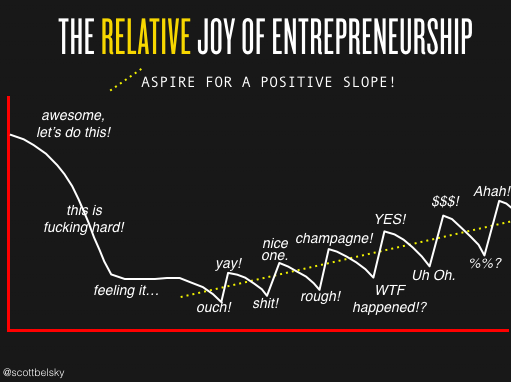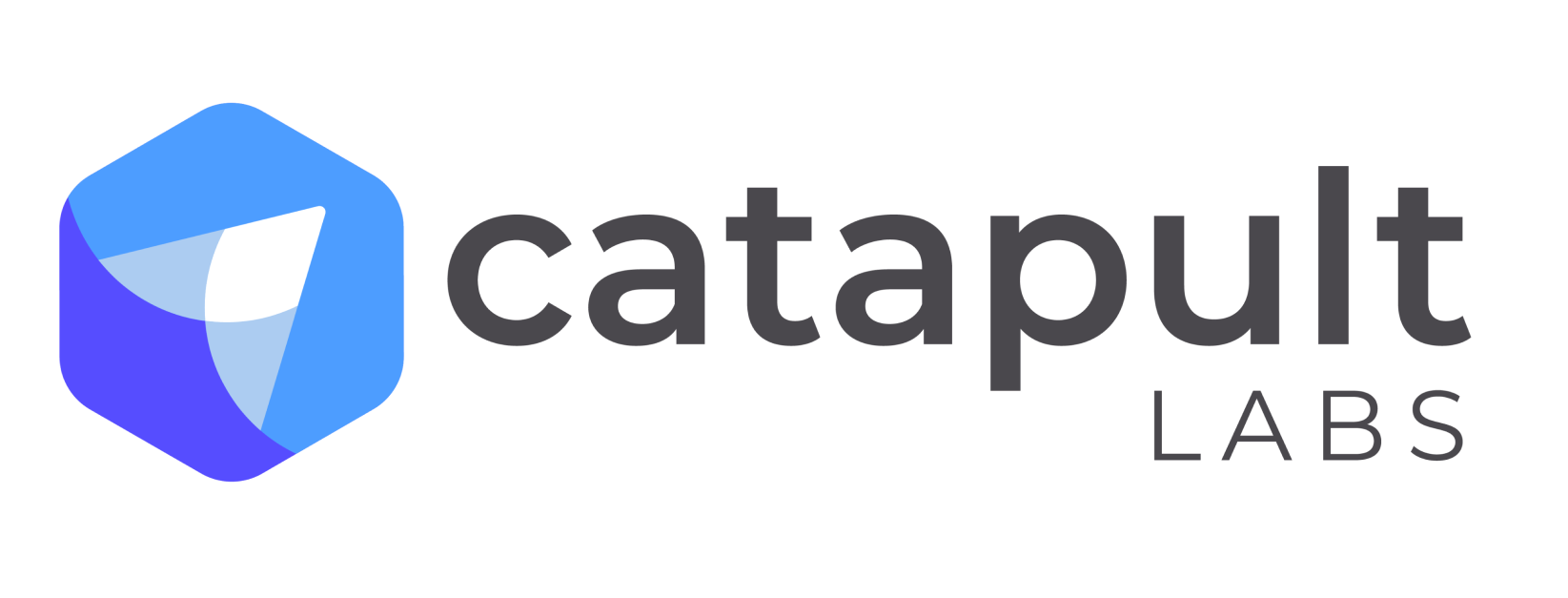The Game of Endurance & Opportunity: Agile Product Development

This post is dedicated to Behance founder, Scott Belsky, who worked for 10 years building the Behance design platform before selling it to Adobe. In a popular post he talks about Escape Velocity and the ups & downs of building a company.
At CatapultLabs we had such an endeavor within our former parent company: Nearsoft, and were experiencing for ourselves the rollercoaster ride of building a product.
As we released pieces from our playbook of Agile Product Development we wished to share some of our experiences around agile product development. So, here it goes and we hope you enjoy it!
Enduring mistakes
One of the first tests that a product team goes through are those early product mistakes that may go unnoticed when a product is used by a small number of users. But suddenly they give you a sympathetic pat on the back and are telling you that the feature is just not working for them. Your product just isn’t solving their problem.
It is important to be prepared to iterate as quickly as possible by improving or eliminating the feature. Working towards providing a solution for the user needs to be your end goal. As the team progresses, your feedback loops will become more efficient and your iterations less costly.
Things to keep in mind when dealing with user feedback:
- Give users an easy way to reach out and explain themselves, a simple Google form might be the solution.
- Respond promptly to user feedback. This is crucial and, please, avoid auto-responders.
- Understand that if a user reaches out it is because he cares about the problem you are trying to solve.
- Respect their time and don’t ignore them; it’s the least you can do.
- For mobile applications, bug logs are always a handy way to understand a user’s environment.
As the team grows, it will be important to define roles in Customer Service. You need to identify who will take ownership of these tasks. The team members responsible for receiving feedback need to have a direct channel of communication with engineering through a backlog that can easily be integrated into each sprint planning. If you don’t create a feedback channel for the day-to-day operations your product will surely stagnate.
We know that doing retrospectives can help your team understand mistakes that were made and to create action items to improve the performance of future projects. Using add-on’s like Agile Retrospectives for Confluence or Agile Retrospectives for Jira version allows your team to understand the knowledgeable insights of each feature release or partnership that did not go as planned.
The key to enduring growth is strategic transformation, which needs to be driven internally. The organization must willingly take risks in order to achieve new levels of growth and extend its horizons. Endure the mistakes that will sprout along the way, learn from them, adjust the product, and most importantly, always look out for the user’s best interest.
Opportunity Driven
It is imperative that the Product Owner and Stakeholders be Opportunity-Driven. They need to be risk takers providing unorthodox solutions to keep things moving. They need to be comfortable with unconventional strategies and accept bold risks.
The traits described above are what drive high-performance teams, who focus on the big vision of the problem being solved and the opportunities that will be created in the endeavor. But for this to happen you need to find the sweet spot for transformation.
Another key trait is versatility, which in some businesses means cannibalizing your current offering in order to move to another opportunity the team has found. We’ve identified some important cues that let us know when it’s time to do so for SaaS products:
- Wait until you have your 100 initial customers, then you can explore uncharted possibilities.
Don’t hold on to what you know and what has worked in the past. - Talk to your customers or beta users about their “new” expectations in the market.
- View the exploration of opportunities as a launch pad.
Despite the many challenges and investing in activities that might seem distracting or reckless, it is imperative for product teams to understand that innovation requires risk-taking.
A fact that cannot be denied is that every organization’s transformation will inevitably vary in time to execute, scale and impact on the business.
So get ready and happy planning!
Trying to improve your #Agile practices? OR are you getting started with Agile? Are you in a remote team? Check out our products for Agile teams at CatapultLabs. We focus on making agile ceremonies more effective and easier to adopt for remote teams.
Check out our Atlassian tools:
- Agile Retrospectives for Confluence
- Agile Retrospectives for Jira
- Scrum Poker for Confluence
- Scrum Poker for Jira
- Stand.bot for Jira + Slack also!
Follow us on our networks:
Facebook: /CatapultLabsTeam
YouTube:CatapultLabs
LinkedIn: @CatapultLabsTeam
Email: hello@catapultlabs.com
And Subscribe to our blog below!
